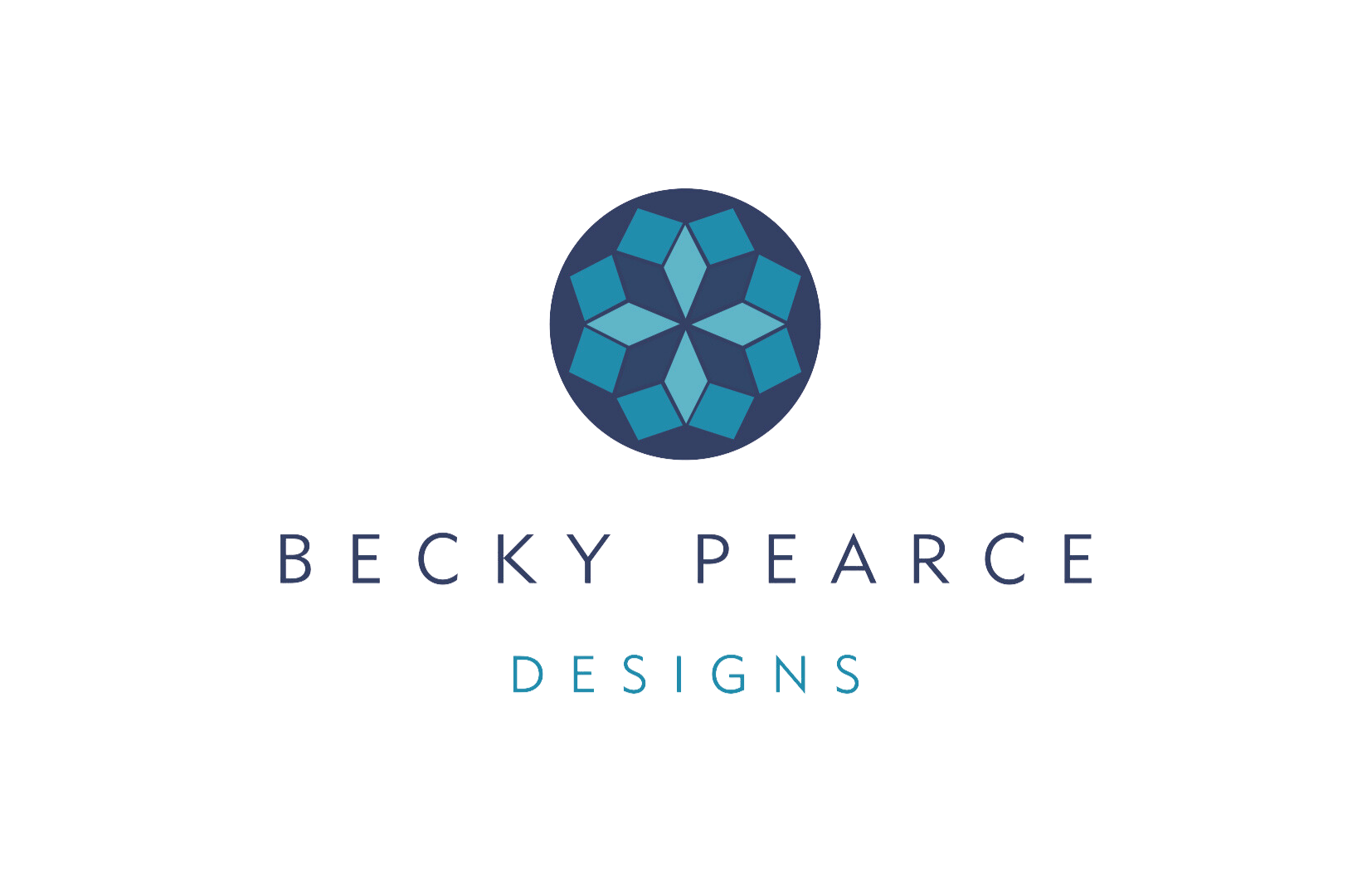COMMON CUTS OF GEMSTONE.
CABOCHON:
A cabochon stone is cut with a flat back and a domed top.

The back of the gem sits flat against the setting and the dome rises above it giving it a curved top profile.
This cut is traditionally used for opaque stones, but of course can be used on the transparent gems too.
ROSE AND CHECKERBOARD CUT:
These beauties are my favourite. Take the cabochon stone I described above; with the flat back and curved top. And then add little facet cuts to the dome. These little flat facets allow the light to bounce off the stone at lots of different angles, meaning the stone is sparkly and the light can get into the stone to bring out the colour.

The peridot in the picture above has been faceted in a rose cut pattern. And the checkerboard has a slightly different design of cuts.
FACETED STONES:
Yes, I know, I know the rose cut stones I just talked about are theoretically faceted stones, but these ones are a whole new category. These are the kind of stones you think about when you think of a diamond. They are pointed at the back, with a flatter top and are faceted in various ways around this to allow the light to bounce around and show off the stone and it’s colouring to it’s best.

A round faceted stone - side profile
These stones are set in prong, or basket settings, or quite often in tube settings. (More of which in a later blog post!)

Here’s one of my cubic zirconia stones (which look fabulously diamond-like) in a tube setting. This kind of setting is perfect for my birthstone stacking sets, so it’s the one I do most of at the moment.
Well that’s my run through of the basic stone cuts. Within each of these categories, the stones can be all sorts of different shapes too. Trillion, round, square, oval, pear…. and on and on. I’ll be doing a blog post about all of the many, many shapes I can offer shortly!
But I hope that was helpful and if you have any jewellery questions, just let me know.

